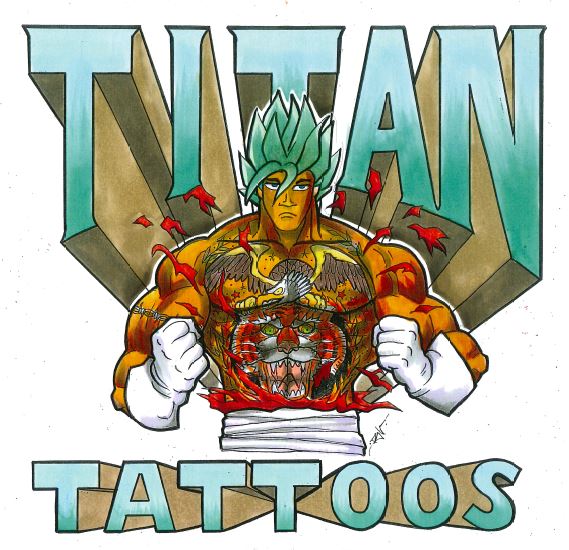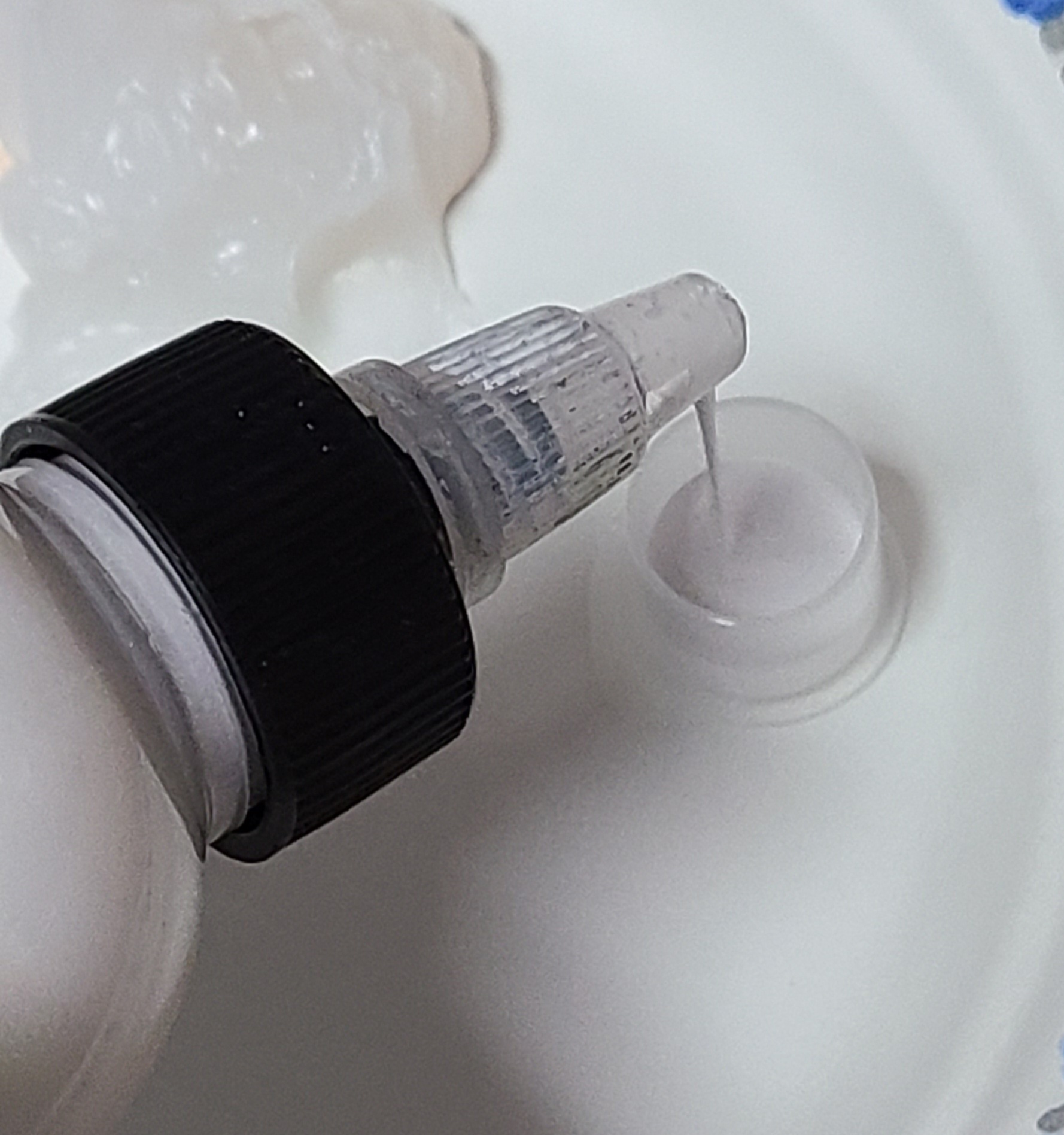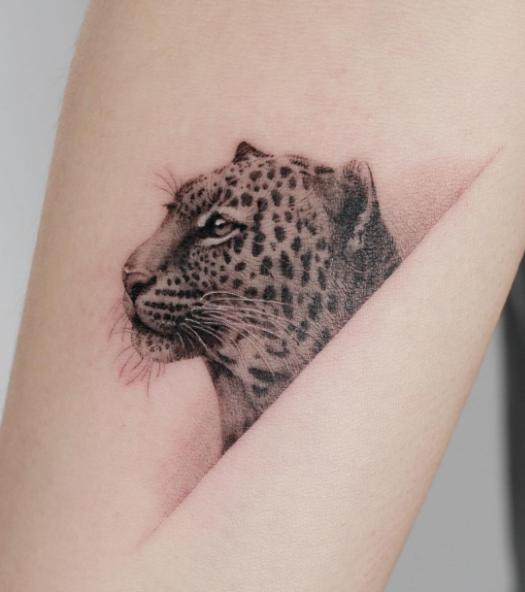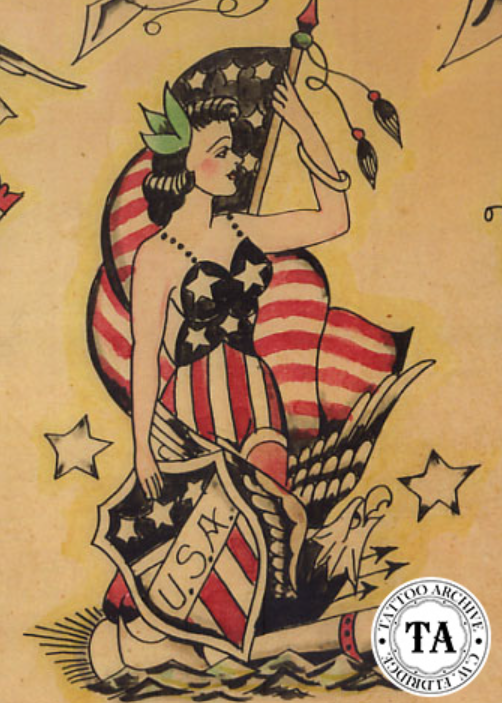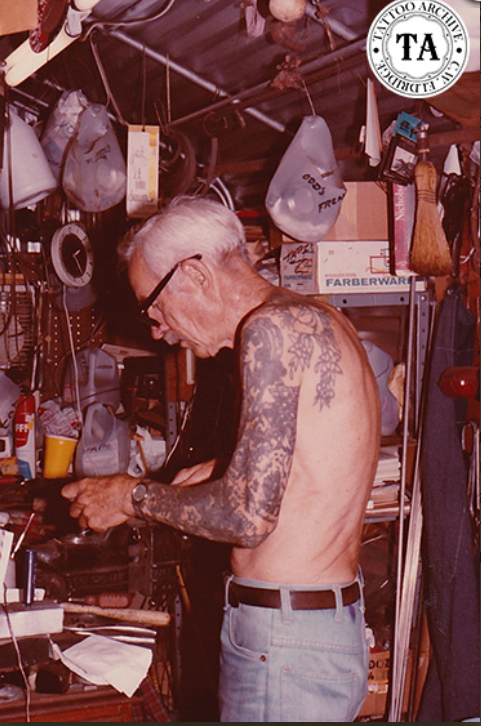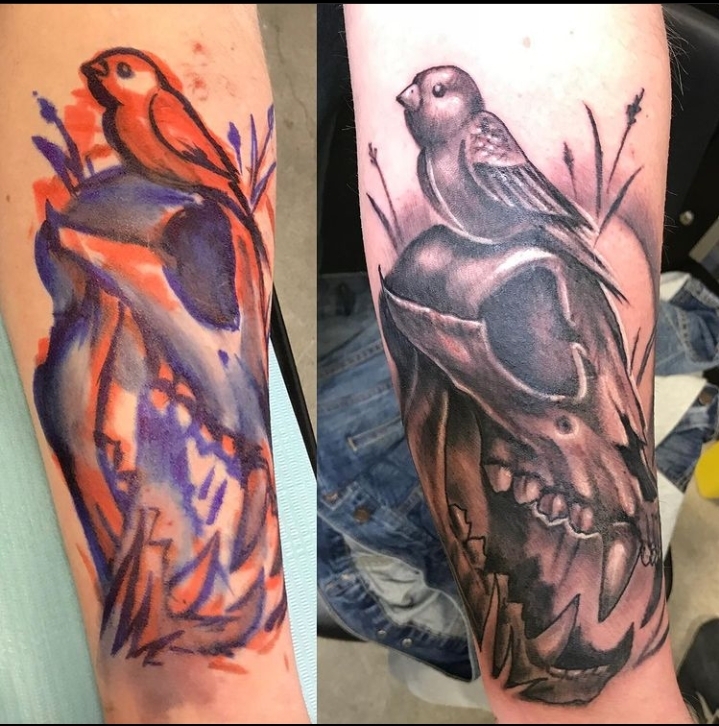American Trad Part 4: Lyle Tuttle
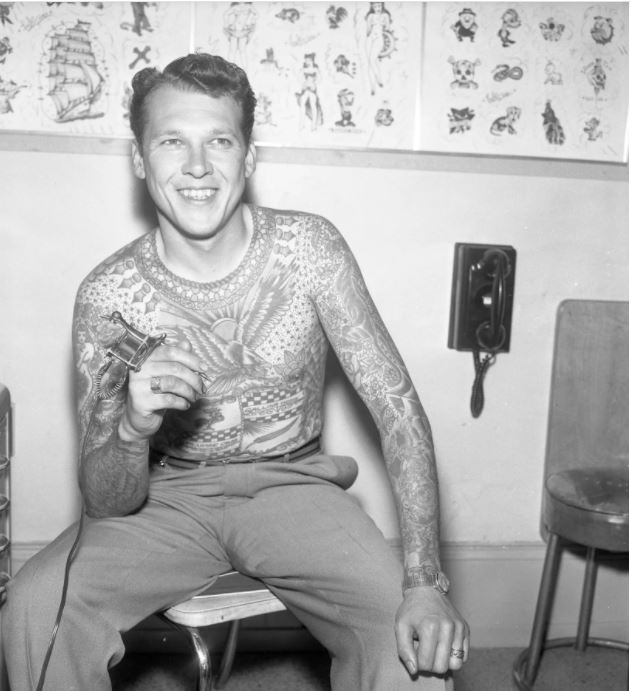
I have been putting off publishing a post on Lyle Tuttle for a few weeks now. He is just such an involved person in the tattoo community that there is a lot to cover and I wanted to make sure I got all of it. Tuttle lived from 1931-2019 when he passed away at the age of 87. He is a big figure that helped bring in the new age of tattooing. Working under Bert Grimm for much of his apprenticeship, Tuttle was a bridge in the gap between early carni tattooing and modern day tattoo shops, he made it possible for this industry to be what it is today. Some sources even call him the father or grandfather of modern day tattooing. Following a career spanning 70 years Lyle Tuttle has left so much to share with us. One great thing about the time he lived is that we have interviews and thoughts from him which we don’t have from a lot of other historic tattooers, Lyle described his fascination with tattooing in an interview saying,
“I was 10 years and two months old to the day when the Japanese bombed Pearl Harbor. All through the war servicemen returning home either on leave or maybe discharged from being wounded, many were sporting tattoos. To a kid my age, those tattoos were “hot shit”. Those tattoos were living proof of a great adventure, with travel and romance combined. It meant that this guy had been out of the valley, over the horizon and places I had never heard of. WOW!
So that’s why tattoos have always been special to me. Tattoos are travel marks, stickers on your luggage. Tattoos are special, you have to go off and earn them. You can go into a jewelry store and buy a big diamond and slip it on your finger and walk out. It’s not like that when you go into a tattoo shop and pick a big tattoo and pay for it. Now you got to sit down and take it.”
Lyle Tuttle

Tuttle began his journey into tattoos at the young age of 14, which if you read my post on Bert Grimm is not uncommon at this time. Lyle played hooky, cutting class to take a Greyhound bus from his home in Ukiah, California to San Francisco where he got the classic tattoo of a heart with the word mother. This tattoo only cost him $3.50 at the time! Tuttle started tattooing just a few years later in 1949. It is unclear from my research if he started his career working with Bert Grimm but he did end up mentoring under him at some point in his early career. In fact most of Tuttles iconic bodysuit was tattooed by the legend Bert Grimm. We see Grimm in a lot of his style too.



The bodysuit by Bert Grimm is particularly notable because Tuttle got it done so young. The suit was completed in 1966 when Tuttle was about 35, this would still be a big deal today but especially at that time.
Tuttle is an American Traditional tattooer and enthusiast following the footsteps of Grimm (obviously) as well as Sailor Jerry. However Sailor Jerry disagreed with Tuttle appearing in the media so much. He eventually opened his own shop in San Francisco right next to a Greyhound station where he worked for 29 years through to 1989 when the Loma Prieta Earthquake hit San Francisco and caused his building to be condemned.



The early 1960’s when Tuttle had his own shop is when he really started to impact the tattoo industry as a whole, starting the movement to give legitimacy to tattooing. He became well known to the world in 1970 when he appeared on the cover of the Rolling Stone October edition. Following this he started to get A list clientele, such as Janis Joplin who was famously one of the first women in the public eye to openly wear her tattoos. Not long after this in 1973 the New York Times published an article crediting Joplin and her work by Tuttle as opening a door to tattooing amongst women, she is quoted as saying the heart Tuttle did on her chest is a symbol of liberation for women.

A little more recently in 2011 Tuttle did an interview with Prick Magazine and told them he believed that women were responsible for the resurgence of the tattoo industry following in Joplin’s mission of liberation. He credited tattooing’s ‘golden age’ to women’s liberation and opening up tattooing to a whole new demographic. Tuttle told Prick,
“One hundred percent women’s liberation! That put tattooing back on the map. With women getting a new found freedom, they could get tattooed if they so desired. It increased and opened the market by 50% of the population – half of the human race! For three years, I tattooed almost nothing but women…The women made tattooing a softer and kinder art form.”
Lyle Tuttle
In his final years Tuttle was still striving to reach new sights in the tattoo world. In 2014 he became a record holder after tattooing his signature on historian Dr. Anna Felicity Friedman at the Russian Bellingshausen Station in Antarctica, making him the first person to tattoo on all 7 continents. Tuttle has always been humble, when asked why he went for the record he simply recalled that since he had already happened to tattoo on 6 continents the record was right there, why not finish up and add Antarctica to his achievements.
After his death Tuttle left us with much more than just his legacy, he was a collector of tattoo everything. Aside from his body suit which he did have to take with him, Tuttle collected an impressive amount of historical and rare tattoo memorabilia, including old machines, flash sheets, anything he could to preserve tattoo culture. He opened the museum housing his collection in the same city he spent much of his life working in, San Francisco. In 1974 Tuttle added to his collection and eventually museum the esteemed collection of another famous tattooer, George Burshett who tattooed in the Uk during his life (1872-1953). In addition to this Tuttles collection included pieces dating back all the way to 400 A.D including photography of early tattooed people and business cards from tattooers all over the world. You can still visit this museum in San Francisco, I’m not sure if it’s the same exact museum as Tuttle opened himself but the museum does house his collection.

From a classic little, Mother, tattoo banger all the way to the Rolling Stone cover and women’s liberation, Lyle Tuttle became a monumental influence in creating mainstream tattooing. Never forgetting about his roots, he has even preserved the past of tattooing for us as consumers and tattooers to learn from and remember where we came from, a carnival booth with simple designs.
I want to wrap up with a quote from the New York Times obituary for Tuttle that summarizes his life eloquently,
Spider Webb, another renowned tattooist, said in a telephone interview that he saw Mr. Tuttle as an eloquent “spokesman for tattooing. The breakthrough that he made was in people’s minds,” he said, “tearing down prejudice, and that’s kind of a beautiful thing to do with your life.”
New York Times
Sources:
- https://www.worldtattooevents.com/tattoo_news/lyle-tuttle-the-father-of-modern-tattooing/
- https://lyletuttlecollection.com/history
- https://peoplepill.com/people/lyle-tuttle
- https://www.nytimes.com/2019/04/03/obituaries/lyle-tuttle-dies.html







































































